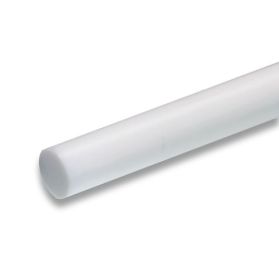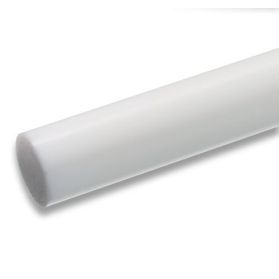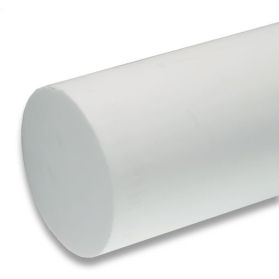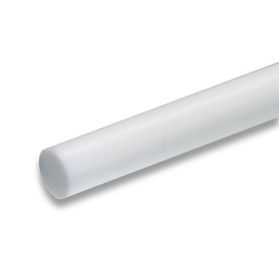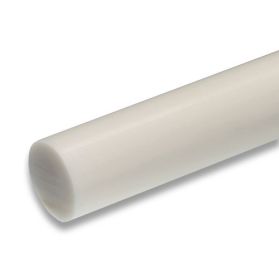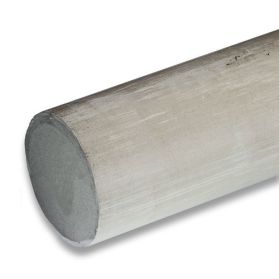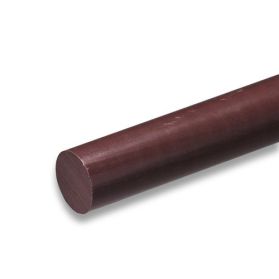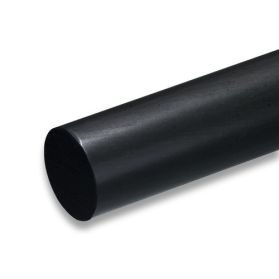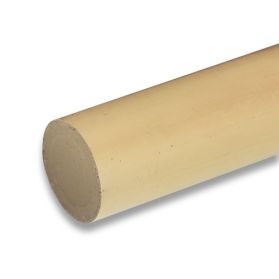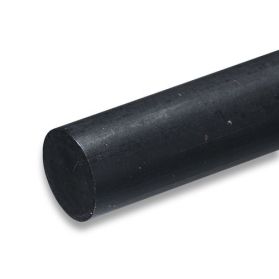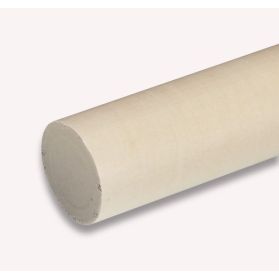Polytetrafluorethylene (PTFE)
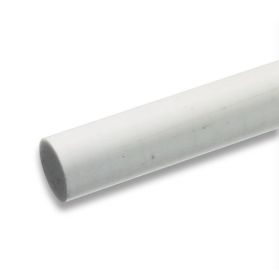 PTFE 125 round bar beige (25% fibre glass), 10 - 60 mmNumber of articles in this product: 11
PTFE 125 round bar beige (25% fibre glass), 10 - 60 mmNumber of articles in this product: 11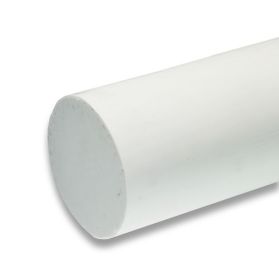 PTFE 125 round bar beige (25% fibre glass), 65 - 150 mmNumber of articles in this product: 12
PTFE 125 round bar beige (25% fibre glass), 65 - 150 mmNumber of articles in this product: 12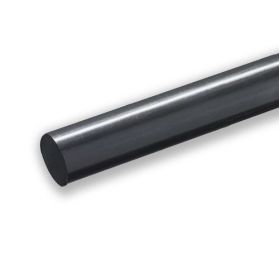 PTFE 225 round bar dull black (25% carbon dust), 10 - 60 mmNumber of articles in this product: 11
PTFE 225 round bar dull black (25% carbon dust), 10 - 60 mmNumber of articles in this product: 11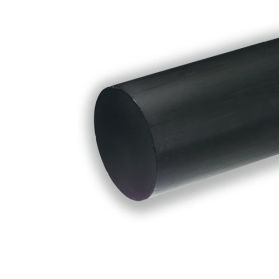 PTFE 225 round bar dull black (25% carbon dust), 65 - 150 mmNumber of articles in this product: 11
PTFE 225 round bar dull black (25% carbon dust), 65 - 150 mmNumber of articles in this product: 11
Material properties of Polytetrafluorethylene (PTFE)
PTFE (polytertrafluoroethylene) is a polymer with a linear macromolecular structure, created by polymerisation of tetrafluoroethylene. Its high viscosity as well as its high shear sensitivity do not allow thermoplastic processing using traditional techniques such as injection moulding and screw extrusion. PTFE is cold compression moulded and then sintered. Due to its unique combination of excellent properties, PTFE can be considered a special grade of engineering plastic.
Special features of PTFE rods include excellent chemical and hydrolysis resistance, good electrical insulation properties, an extremely low coefficient of sliding friction (lowest of all solids) and anti-adhesive surface properties. Furthermore, PTFE offers excellent UV and weathering resistance.
Special advantages of PTFE rods
The fact that PTFE is processed from ultra-fine powder as a press sintered part provides ideal conditions to produce compounds. PTFE alloys are therefore filled with mostly inorganic fillers, e.g. metal powders, to achieve very specific properties. The standard mixtures of PTFE compounds therefore have significant advantages regarding mechanical-thermal behavior:
- Increase of wear resistance
- Less deformation under load
- Lower thermal elongation
- Higher thermal conductivity
PTFE materials can be exposed to continuous operating temperatures of up to +260 °C and, with minimal mechanical stress, also briefly to peak temperatures of +280 °C. In this temperature range, there is no degradation of the structure (depolymerisation) which could change the properties. Even in the low-temperature range down to -200 °C, flexibility and elongation at break are virtually maintained. The coefficient of thermal expansion of PTFE reaches a peak at the glass transition temperature at +19 °C and reaches values which are otherwise only achieved at high temperatures.

